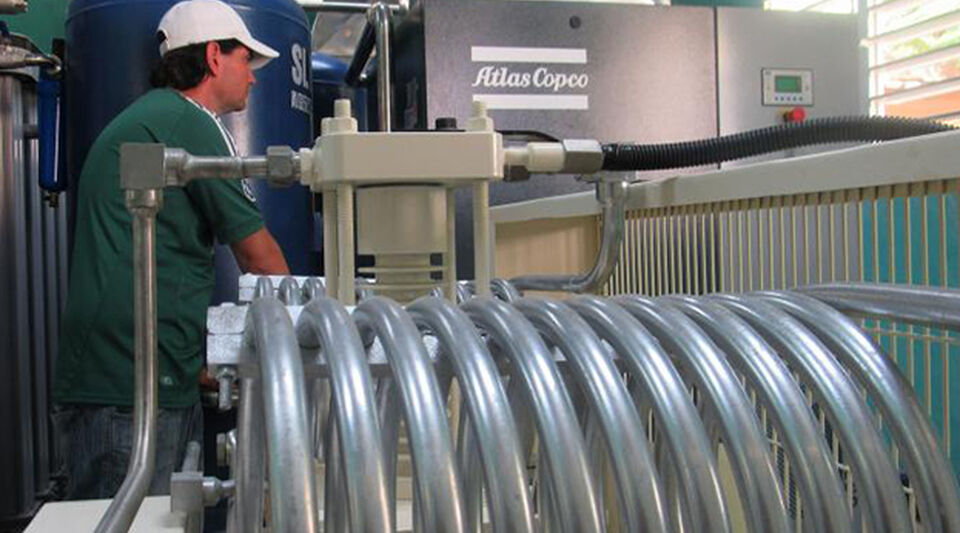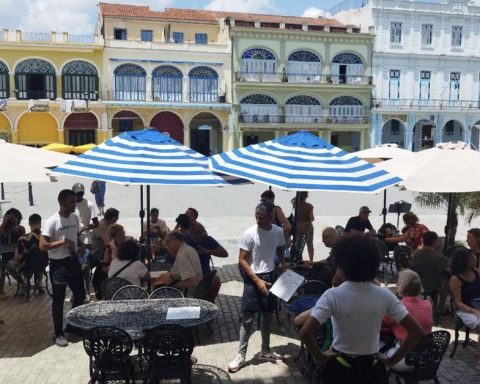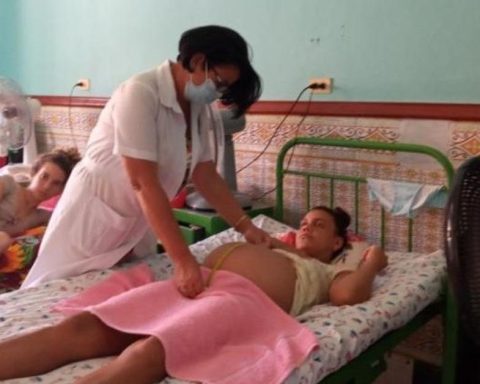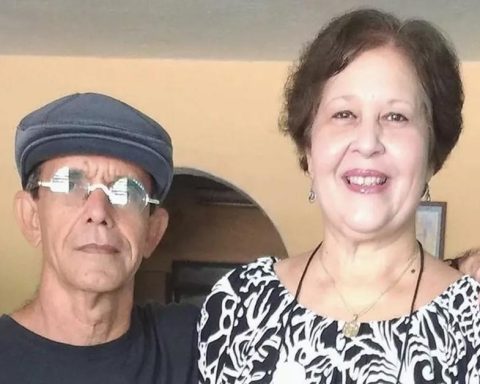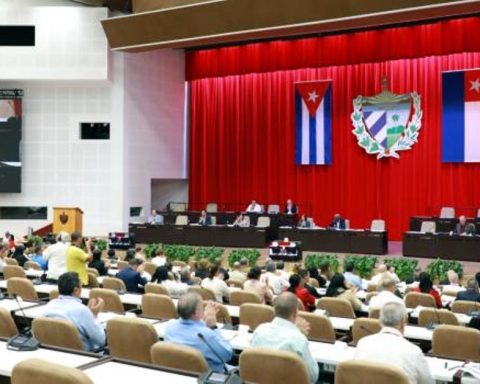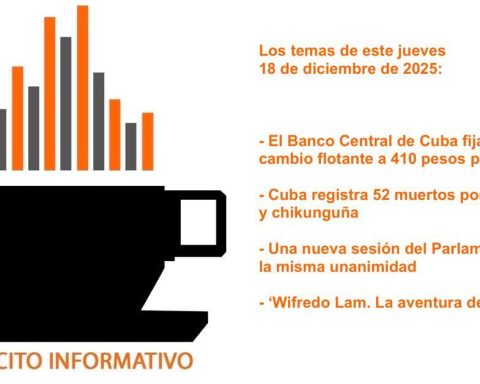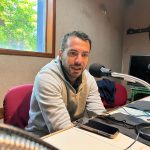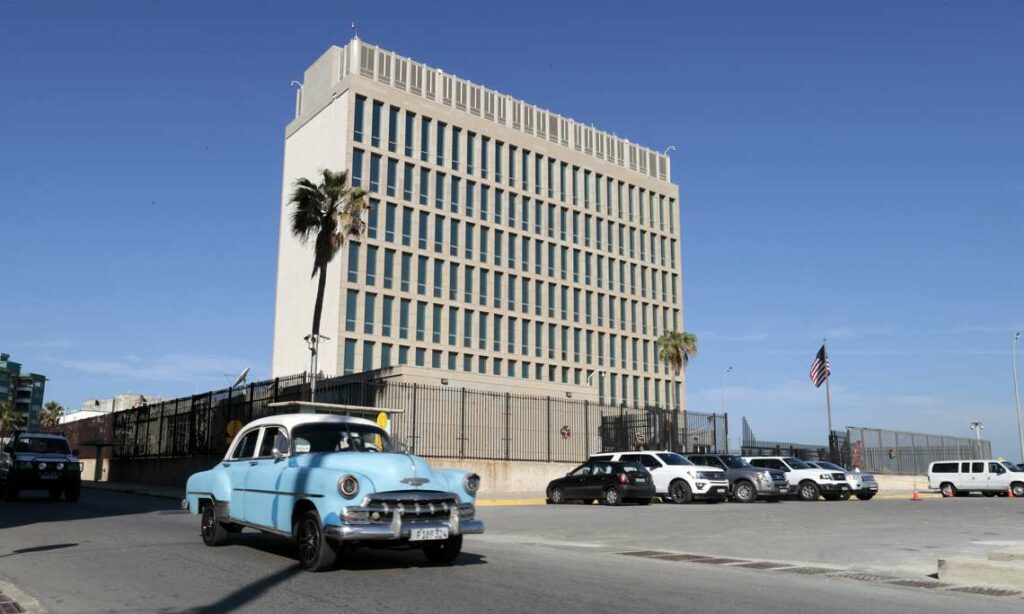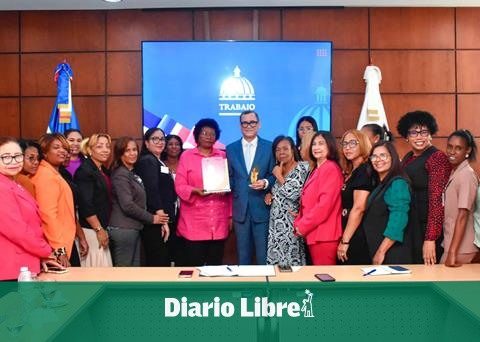The Cuban government inaugurated this Tuesday two plants that produce medicinal oxygen, installed in the Vladimir Ilich Lenin Teaching University Hospital, in the city of Holguín, with equipment from a donation from China, according to the Cuban News Agency (ACN). The information contradicts that provided by Granma at the beginning of December in which he attributed the material to Venezuela.
For Yuritza Almaguer González, from the Provincial Health Directorate, the “modern technology” of the new plants gives a break to the high demand for intensive care, triggered by the rise in respiratory conditions, mainly due to covid-19 infections. It will also allow oxygen cylinders to be filled, although wall outlets for this purpose have not yet been installed, she told ACN.
The official announced that three new plants will soon open in the eastern province with equipment also donated by China, two will be installed in the Lucía Íñiguez Landín Surgical Clinic and one in the Octavio de la Concepción y de la Pedraja Pediatric Hospital.
A note from the official newspaper Granma, of December 9, 2022, indicated that the five auxiliary plants were donated by Venezuela, but acquired in China. Quoting the head of the Investment Department of the Lucía Íñiguez Landín hospital, Rafael Tamayo Salgado, reports that each facility will produce 60 cubic meters of oxygen that will reach hospitalized rooms through a distribution pipe system.
Other emergency solutions that had to be improvised were the importation of the concentrate to produce the gas at low volume 24 hours a day.
At the peak of the pandemic on the island, which occurred in mid-2021, the National Health System faced a shortage of medical oxygen after the main producing plant in Havana, which supplies 95% of the gas to the Island, suffered a breakdown that forced to stop its production. The only one that remained active was that of Santiago de Cuba, which barely supplies 5%.
Although the Government identified the fault in May of that year, he did not report it until two months later, when the shortage of medical oxygen generated serious problems for hospitals and complaints from patients and relatives who did not receive adequate treatment began to circulate. The Armed Forces had to intervene in an emergency to distribute oxygen cylinders brought from Santiago by helicopter.
Other emergency solutions that had to be improvised were the importation of the concentrate to produce the gas at a low volume 24 hours a day and that could be used by up to three patients at the same time. The Government also asked for help from those who had a 3D printer to produce spacers that would allow more than one patient to be connected to oxygen.
The supply problem was resolved when a plant began operations, donated and equipped by Russia, at the San Antonio de los Baños Air Base, where the factory of the Ministry of the Armed Forces is located and which provided the service while the main factory was paralyzed. The Government assured that the production capacity was 360 cylinders every 24 hours, in three work shifts.
Without committing to a figure, the official news agency assured that for this year the Government is promoting “a group of investments” to improve the infrastructure of clinical laboratories and rooms in provincial hospitals, tasks that include the replacement of electrical and sanitary networks. , change of paint, repair of walls and veneer of bathrooms.
________________________
Collaborate with our work:
The team of 14ymedio He is committed to doing serious journalism that reflects the reality of deep Cuba. Thank you for accompanying us on this long road. We invite you to continue supporting us, but this time making you a member of our newspaper. Together we can continue transforming journalism in Cuba.
